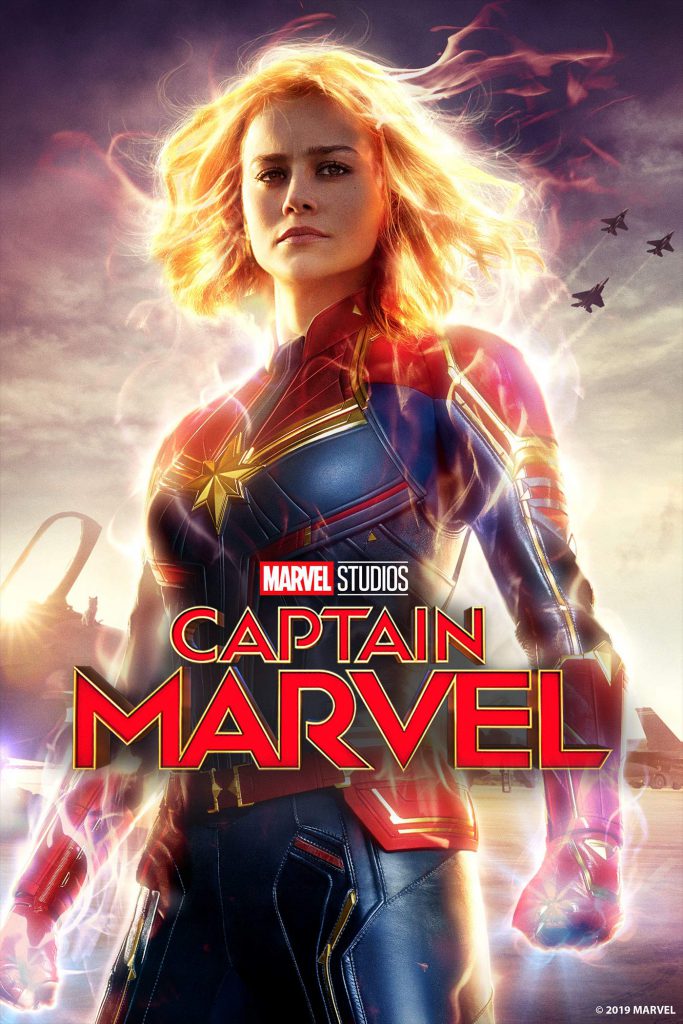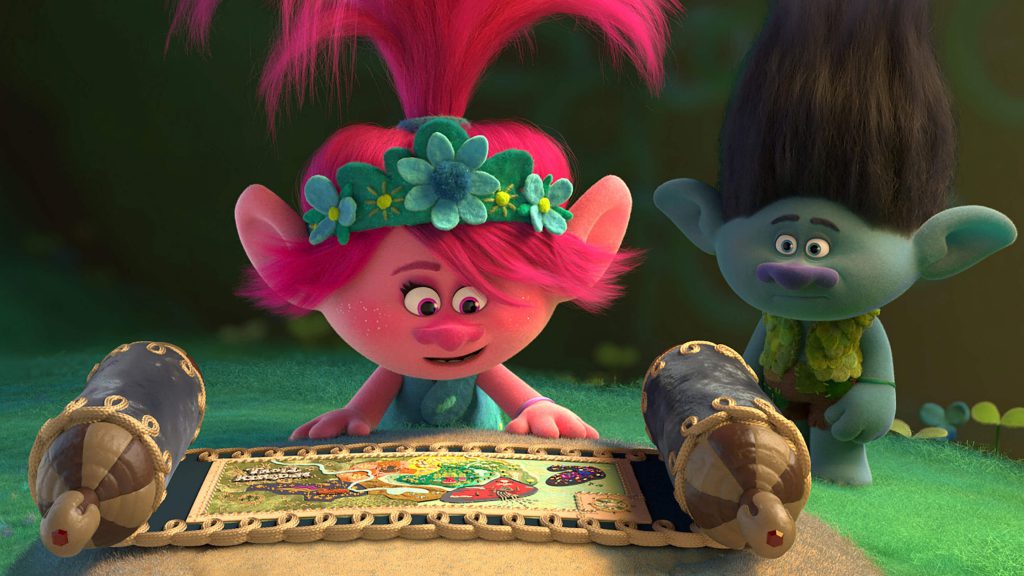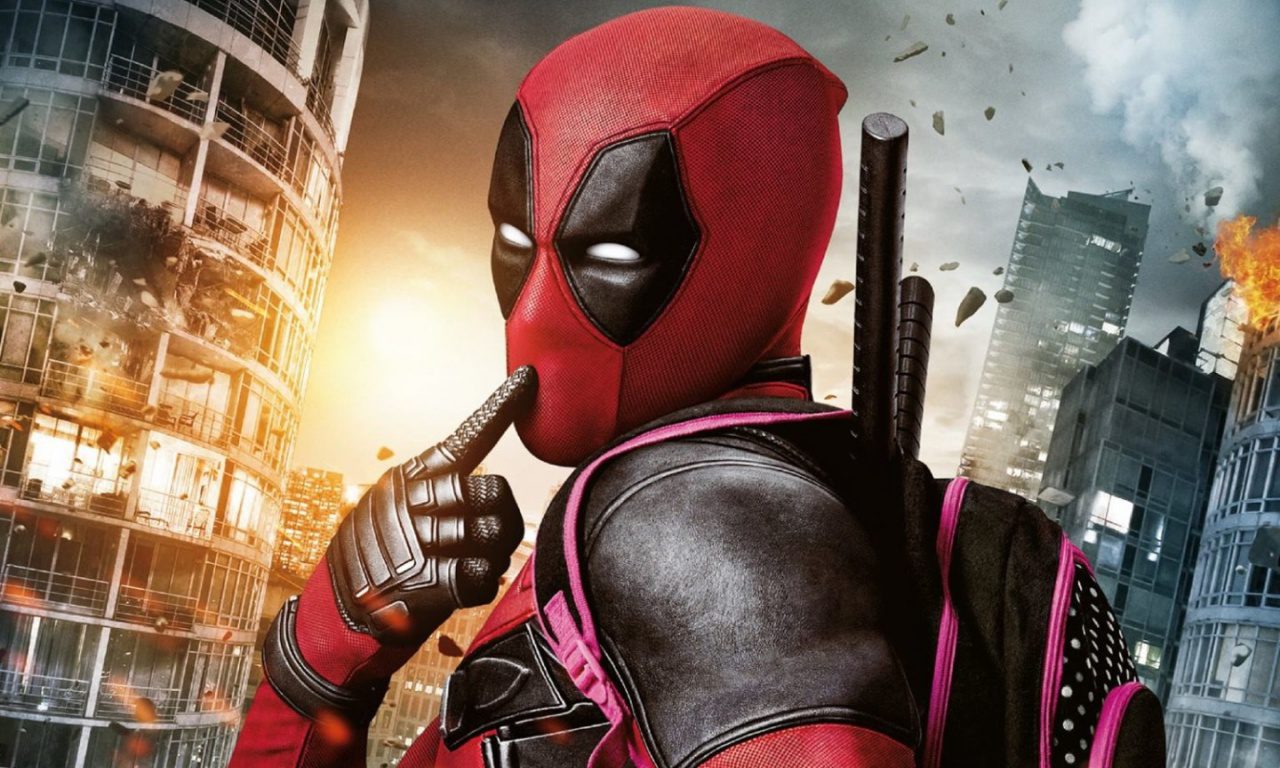He so-called”Flowing wars” Warmed once More this Week, with AT&T announcing more information about HBO Max, Apple TV+ launching on Friday, also Disney’s marketing blitz kicking into high gear for the November 12th launching of Disney+. For weeks now, journalists, business insiders, and consumers have opined on who will”win” the flowing wars and why. What’s missing from the majority of those thought bits is what’s going to happen to all the streaming solutions that don’t”win”?
Here’s the thing: media isn’t a zero-sum or winner-take-all Market. While they’re all competing for customer attention (and dollars), the success of a single subscription service does not mean inescapable failure for the remainder. At an eventual steady state, a few networks will, of course, have more subscribers than many others — just as linear stations, whether broadcast or cable, have always had different levels of viewership.
Think about it. Does the fact that there were four broadcast No. Was there a cable channel war leading in a dominant cable community? No. Multiple entrants competing on the exact same turf and terms might survive. Of course, some have more viewers or popular content in any particular time, and some do indeed eventually disappear, but the rivalry with one another was not the authentic existential threat of cable or broadcast. It had been new technologies and customer behaviors.
Now, streaming solutions will simply be able to monetize the Consumers who find their articles great enough to cover directly.


We’re simply in a fresh phase of video contest, one that’s Instead of devoting TV networks to cable and satellite importance of the consumer. Now, streaming services will only have the ability to monetize the customers that find their content good enough to pay for directly.

Faced with this change, the streaming players have every Stockpiled the greatest tv shows and movies of all time and invested vast sums to employ the most successful and gifted creators now in the industry to create high-profile, high-budget, high-buzz content. To be honest, it’s still a fairly good proposition from a historic perspective.
We’re simply in a fresh phase of video contest, one that’s Instead of devoting TV networks to cable and satellite distributors, content businesses are bringing supply, streaming technology, charging infrastructure, and client acquisition in house. The difference between the streaming cable and future package beyond is the importance of the consumer. Now, streaming services will only have the ability to monetize the customers that find their content good enough to pay for directly.
There are trade-offs. Even though streamers can control higher Costs to end-consumers than satellite and cable vendors (or choose to subsidize expansion with partnerships and promotions ), a few are forgoing the advertising revenue stream that linear networks profit from, while all of entrants face increased prices due to this technology infrastructure, aggressive content expenditures, and advertising and marketing expenses.
Faced with this change, the streaming players have every Stockpiled the greatest tv shows and movies of all time and invested vast sums to employ the most successful and gifted creators now in the industry to create high-profile, high-budget, high-buzz content. To be honest, it’s still a fairly good proposition from a historic perspective.
Chart: Mike RaabThe typical cable bill in 2007, the year Netflix launched”Watch Instantly,” was $66 per month. That same year, about 97 million U.S. families subscribed to Pay TV. Netflix undoubtedly spoiled (and delighted!) Consumers by aggregating some of the most popular content at a fraction of the purchase price of cable, but sadly those days are coming to an end.
Twelve years after Netflix streaming started, even as media
Simply put, there is no reason that every Significant streaming Service will not triumph, making the question of”who’ll win the streaming wars?” A silly one. It’s not as though media companies revert to traditional linear distribution stations if they don’t”win” the streaming war with the most subscribers. It is clear that on-demand streaming is the future that customers favor. The challenge now is the way to generate streaming a profitable business at an eventual steady state. Media companies are not likely to cede the biggest growth distribution channel for shrinking ones.
Obviously, they will adjust pricing, catalog, content Investment levels, revenue flows, and advertising spend till they find a rewarding critical mass that satisfies both customers and Wall Street.
While it doesn’t really matter who’ll win the streaming Wars versus only survive them, there will be winners — probably those who don’t have comparative scale (Starz), have cloudy content strategies (Hulu), or people using articles for a loss-leader for their other business components and might eventually decide that rising content costs signifies the ROI isn’t high enough (Amazon? Apple?) .
The next five years will be a fascinating rollercoaster of Datecdotes, subscriber amount announcements, and improved content investment From each the main streaming solutions, new and old. There won’t, however, be A singular”winner” of the streaming wars. Frankly, All the Main players Have assembled fairly compelling consumer propositions. While the consumer Experience of switching between programs are going to be a frustrating one, it’s only a Matter of time until there’s an eventual re-bundling of streaming networks. Until then — which streaming services are you going to subscribe to?
He so-called”Flowing wars” Warmed once More this Week, with AT&T announcing more information about HBO Max, Apple TV+ launching on Friday, also Disney’s marketing blitz kicking into high gear for the November 12th launching of Disney+. For weeks now, journalists, business insiders, and consumers have opined on who will”win” the flowing wars and why. What’s missing from the majority of those thought bits is what’s going to happen to all the streaming solutions that don’t”win”?
Here’s the thing: media isn’t a zero-sum or winner-take-all Market. While they’re all competing for customer attention (and dollars), the success of a single subscription service does not mean inescapable failure for the remainder. At an eventual steady state, a few networks will, of course, have more subscribers than many others — just as linear stations, whether broadcast or cable, have always had different levels of viewership.
Think about it. Does the fact that there were four broadcast No. Was there a cable channel war leading in a dominant cable community? No. Multiple entrants competing on the exact same turf and terms might survive. Of course, some have more viewers or popular content in any particular time, and some do indeed eventually disappear, but the rivalry with one another was not the authentic existential threat of cable or broadcast. It had been new technologies and customer behaviors.
Now, streaming solutions will simply be able to monetize the Consumers who find their articles great enough to cover directly.
We’re simply in a fresh phase of video contest, one that’s Instead of devoting TV networks to cable and satellite distributors, content businesses are bringing supply, streaming technology, charging infrastructure, and client acquisition in house. The difference between the streaming cable and future package beyond is the importance of the consumer. Now, streaming services will only have the ability to monetize the customers that find their content good enough to pay for directly.

We’re simply in a fresh phase of video contest, one that’s Instead of devoting TV networks to cable and satellite distributors, content businesses are bringing supply, streaming technology, charging infrastructure, and client acquisition in house. The difference between the streaming cable and future package beyond is the importance of the consumer. Now, streaming services will only have the ability to monetize the customers that find their content good enough to pay for directly.
We’re simply in a fresh phase of video contest, one that’s Instead of devoting TV networks to cable and satellite distributors, content businesses are bringing supply, streaming technology, charging infrastructure, and client acquisition in house. The difference between the streaming cable and future package beyond is the importance of the consumer. Now, streaming services will only have the ability to monetize the customers that find their content good enough to pay for directly.
We’re simply in a fresh phase of video contest, one that’s Instead of devoting TV networks to cable and satellite distributors, content businesses are bringing supply, streaming technology, charging infrastructure, and client acquisition in house.
There are trade-offs. Even though streamers can control higher Costs to end-consumers than satellite and cable vendors (or choose to subsidize expansion with partnerships and promotions ), a few are forgoing the advertising revenue stream that linear networks profit from, while all of entrants face increased prices due to this technology infrastructure, aggressive content expenditures, and advertising and marketing expenses.
Faced with this change, the streaming players have every Stockpiled the greatest tv shows and movies of all time and invested vast sums to employ the most successful and gifted creators now in the industry to create high-profile, high-budget, high-buzz content. To be honest, it’s still a fairly good proposition from a historic perspective.
Chart: Mike RaabThe typical cable bill in 2007, the year Netflix launched”Watch Instantly,” was $66 per month. That same year, about 97 million U.S. families subscribed to Pay TV. Netflix undoubtedly spoiled (and delighted!) Consumers by aggregating some of the most popular content at a fraction of the purchase price of cable, but sadly those days are coming to an end.
Twelve years after Netflix streaming started, even as media
Simply put, there is no reason that every Significant streaming Service will not triumph, making the question of”who’ll win the streaming wars?” A silly one. It’s not as though media companies revert to traditional linear distribution stations if they don’t”win” the streaming war with the most subscribers. It is clear that on-demand streaming is the future that customers favor. The challenge now is the way to generate streaming a profitable business at an eventual steady state. Media companies are not likely to cede the biggest growth distribution channel for shrinking ones.
Obviously, they will adjust pricing, catalog, content Investment levels, revenue flows, and advertising spend till they find a rewarding critical mass that satisfies both customers and Wall Street.
While it doesn’t really matter who’ll win the streaming Wars versus only survive them, there will be winners — probably those who don’t have comparative scale (Starz), have cloudy content strategies (Hulu), or people using articles for a loss-leader for their other business components and might eventually decide that rising content costs signifies the ROI isn’t high enough (Amazon? Apple?) .
The next five years will be a fascinating rollercoaster of Datecdotes, subscriber amount announcements, and improved content investment From each the main streaming solutions, new and old. There won’t, however, be A singular”winner” of the streaming wars. Frankly, All the Main players Have assembled fairly compelling consumer propositions. While the consumer Experience of switching between programs are going to be a frustrating one, it’s only a Matter of time until there’s an eventual re-bundling of streaming networks. Until then — which streaming services are you going to subscribe to?


















Comments